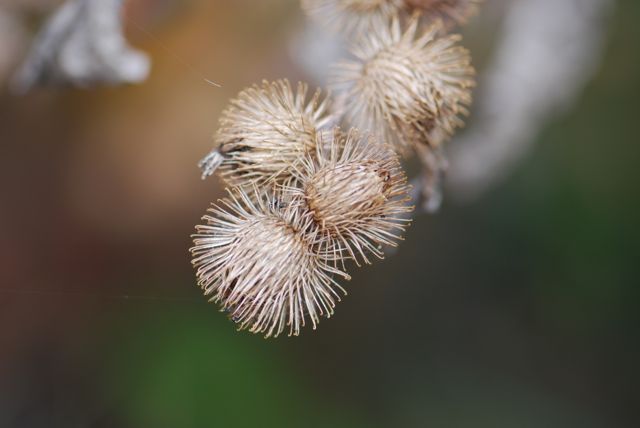I don’t know why, but I have been in the mood to go to the beach. Although taking a trip is unrealistic right now, I did find the next best thing, which is the book North Carolina’s Amazing Coast: Natural Wonders from Alligators to Zoeas by David Bryant, George Davidson, Terri Kirby Hathaway, and Kathleen Angione, and
illustrated by Charlotte Ingram.
Inside are 100 single-page “fact sheets” that explore the plants and animals of the beaches, marshes, and ocean along the North Carolina coast. The informative pages cover organisms ranging from one-celled plankton to giant northern right whales, each listed in alphabetical order by common name. There are red wolves in North Carolina? Who knew?
The text is delightful, packing numerous interesting facts into a few short paragraphs. Each has its share of cleverly-written, humorous snippets. For example, noting that nutria were originally brought to North America from South America for the fur trade, the authors quip, “…they have spread more readily as varmints than garments…”
Isn’t the cover eye-catching? Illustrator Charlotte Ingram’s former career as a graphic designer is evident on every page, from the tastefully decorative fonts to the clean, crisp full-color illustrations. Each organism is displayed against a simple graphic of the North Carolina coast.
The most amazing thing about North Carolina’s Amazing Coast is that it is not just for children, and not just for people from North Carolina, it is enthralling reading for everyone interested in nature! Of course, if you are headed to the beaches of North Carolina, it is a must have. Otherwise, it will definitely make you want to plan a trip there in the future.
Related lessons about oceans and coastlines:
This book came about to accompany an elementary curriculum from the Center of Ocean Studies Educational-Excellence Southeast and there are a quite a number of related lessons available online.
1. Curriculum to accompany Georgia’s Amazing Coast
The Teacher Tools at Georgia Sea Grant includes many lessons to download, including:
Grades K-8 Curriculum:
- Georgia’s Amazing Coast Lesson Plans: Grades 3-5
- Marine Debris and Me: Grades 4-8
- Mountains to Sea: The Journey of Sand: Grade 3
Roger Day’s Marsh Madness: Pre-K Curriculum through Grade 4 Curriculum
From Mountains to Sea: The Journey of Sand by Rachael Grabowski
Grades 9-12 Curriculum with topics like:
- Mercury Pollution: Source to System: Grades 9-12
- Products, Organisms, and Our Environment: Grades 11-12 (classroom powerpoint presentation)
- Remote Sensing, Impervious Surfaces & the Salt Marsh: Grades 9-12 (classroom powerpoint presentation)
as well as numerous guides and worksheets.
For South Carolina shores, try Sea Seekers, for 12 downloadable lessons (direct link), as well as a whole list at COSEE SouthEast Creature Features.
Paperback: 112 pages
Publisher: University of Georgia Press (May 1, 2013)
Language: English
ISBN-10: 0820345105
ISBN-13: 978-0820345109
You might also be interested in an older title by the same team, Georgia’s Amazing Coast: Natural Wonders from Alligators to Zoeas by David Bryant, George D. Davidson, and illustrated by Charlotte Ingram.
University of Georgia Press (September 8, 2003)
Disclosures: This book was provided for review by the publisher. Also, I am an affiliate for Amazon, and if you click through the linked titles or ads and make a purchase, I will receive a small commission at no extra charge to you. Proceeds will be used to maintain this self-hosted blog.
Come visit the STEM Friday blog each week to find more great Science, Technology, Engineering and Math books.
















